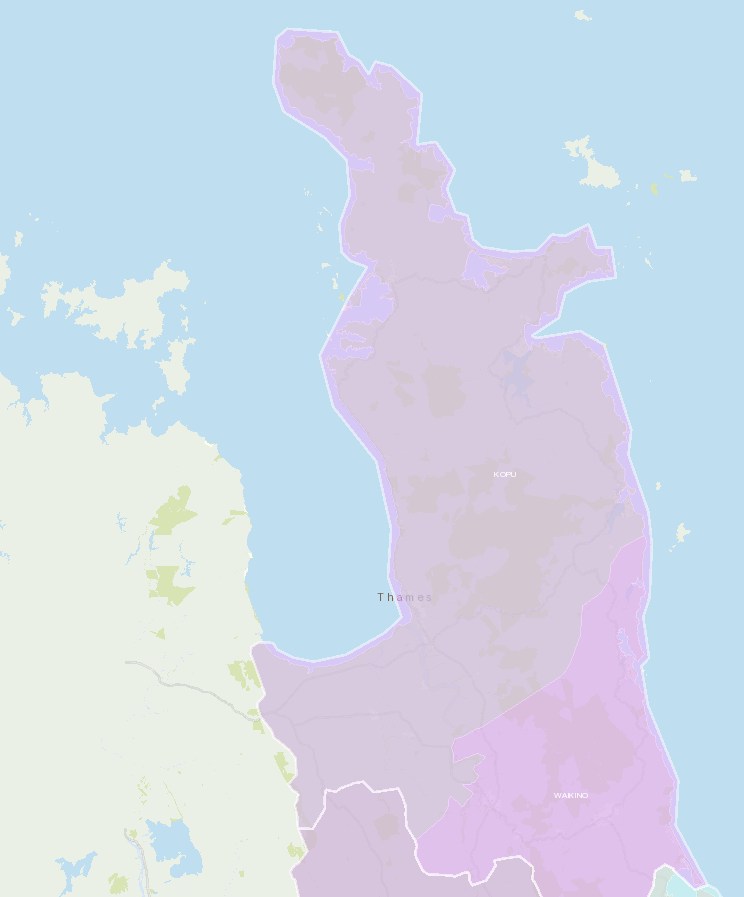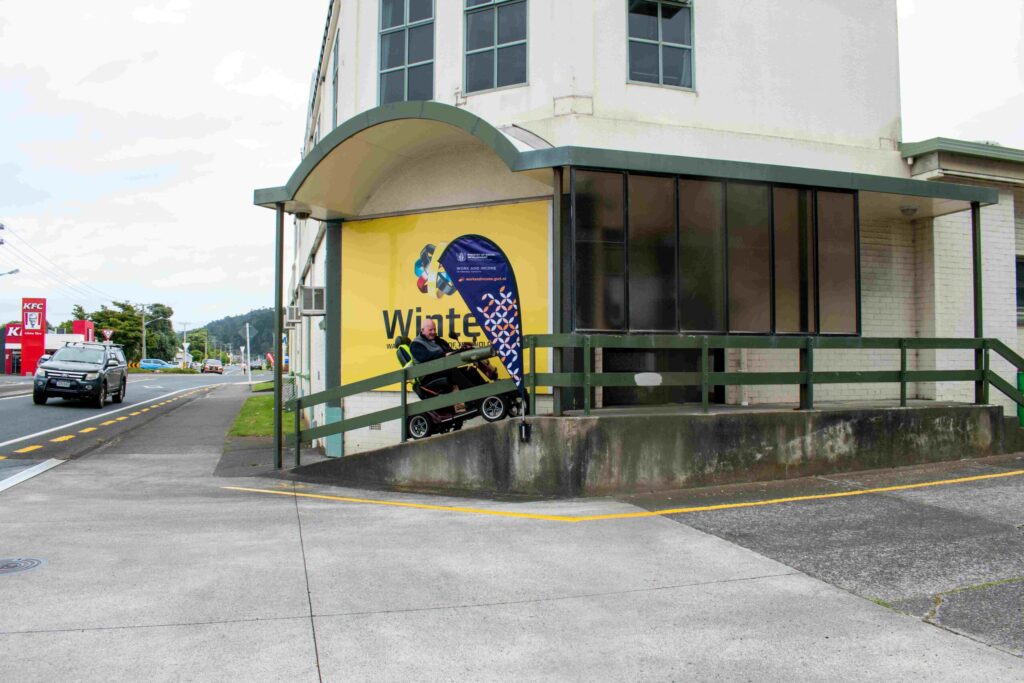Hauraki Mayor Sceptical on Revised Three Waters
Written by John Freer on April 16, 2023
Hauraki District Council Mayor, Toby Adams, is not giving his blessing to the Government’s revised Three Waters Programme.
The refreshment of the scheme – now referred to at Affordable Water Reforms, was announced late last week.
Adams said while the scheme may assist some councils, his had made significant and appropriate water investment over the years.
He said Hauraki had invested where it needed to invest. He did express concern on residents having to pay twice for water services.
CFM’s Jason Myatt interviewed Toby, click on the link below to hear the interview.
CFM has approached Thames Coromandel District Council for an interview with the Mayor or a statement from council.






Denis Tegg On April 16, 2023 at 5:56 pm
Kinda surprising that Mayor Toby did not mention the savings to his ratepayers from the government’s affordable water services reforms. Rather than paying $9160 per year for water charges without the reforms, Hauraki District ratepayers will save $6390 each year by 2054 paying $2760 annually. Councils like Hauraki with a small ratepayer base simply cannot borrow/afford the huge sums required to provide safe drinking water and wastewater plants. Even today Hauraki District has several non-compliant wastewater plants https://www.beehive.govt.nz/sites/default/files/2023-04/Affordable_water_Financial_Benefits_0.pdf
Tom Webb On April 17, 2023 at 7:23 am
Hi Denis, there are a couple of points to clarify in your comment.
The projected cost to ratepayers would be as of 2054 – that figure of $9,160 per ratepayer is the upper end of the projections and represents the total cost per household to that date without reform. Therefore the reforms are not saving that much per year.
The Govt rationale based on a study from the Water Industry Commission for Scotland, 2021, also states that there is a range for those costs, between $1,900 to $9,000, without reforms. That is a wildly wide range to base policy on, let alone dramatically change the way we do infrastructure in New Zealand.
The Scottish study also states that costs, with reform, are projected to range between $800 and $1,640 as of 2054. (See Govt’s own details page here: https://www.waterservicesreform.govt.nz/the-case-for-change/facts-about-water/)
Conveniently, this Govt has used the upper end of the projection ‘without reform’ figures as part of its messaging to sell this to the public now, under the umbrella of affordability – but neglects to explain that the difference between the lowest projected cost without reform – $1,900 – and the highest cost with reform – $1,640 – are not too far apart in projected costings.
While I’m sure that we can all agree that the goal of safe drinking water is a no-brainer and we can see merit in now having a national water standard as well as questioning the cost of future infrastructure delivery, I can not see that this Govt has provided a robust analysis and solid business case (as evidenced by a hugely wide variation of ‘without reform costs’) that should justify a sea-change in the way community infrastructure assets are managed – be it under the umbrellas of water safety or affordability. The new National Water Safety Standard now sets expectations for all of New Zealand, which Councils need to comply with – so can park that aspect from any debate on safe water. Full credit to Govt for invoking that national standard.
Moreover, in terms of the moniker “affordability”, if the upper figure for ‘with-reform’ is correct at $1,6400 compared to the lower figure ‘without reform” of $1,900 – then the cost of the extra 6,000 to 9,000 jobs projected to be created (DAE Study) or growing from 9,000 to 17,000 (Deloitte study) created through 3 waters change, will most likely erode the value and affordability of reforms.
I don’t think that we the public have been presented with all the pertinent facts to make an informed decision on whether this is the ‘best’ model to deliver water infrastructure needs, or making it ‘affordable’ into the future. Will be interesting to see how this topic develops in time.